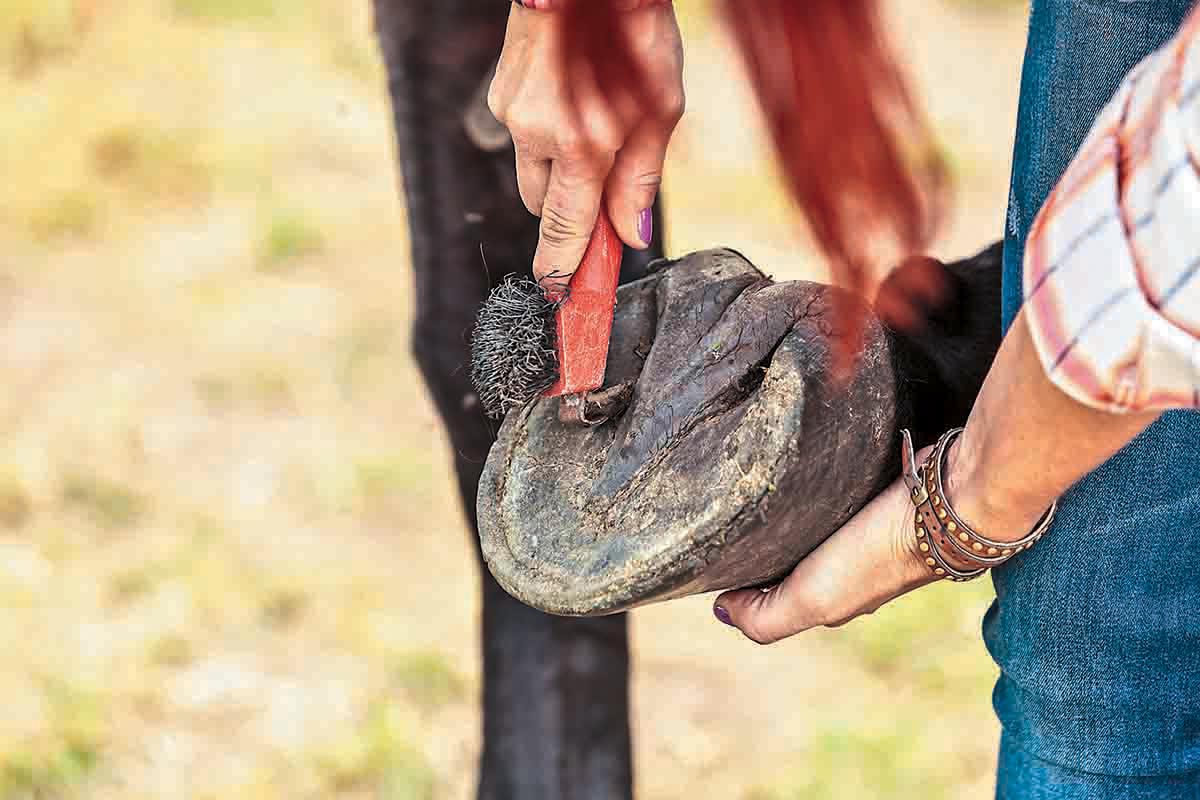As horse owners, dealing with a hoof abscess can be a distressing experience. The good news is that with the right care, you can successfully manage and treat a hoof abscess at home. In this detailed guide, we will walk you through the steps on how to treat a hoof abscess at home, ensuring the best possible outcome for your horse.

Understanding Hoof Abscesses
Before delving into the treatment process, it’s essential to understand what a hoof abscess is and the common causes behind it.
What is a Hoof Abscess?
A hoof abscess is an infection within the horse’s hoof, resulting in pus accumulation and intense pain. This can cause the horse to become suddenly lame.
Common Causes of Hoof Abscesses
The primary causes of hoof abscesses include poor hoof hygiene, injuries, and sometimes environmental conditions. Identifying the root cause is crucial for effective treatment.

Signs and Symptoms to Look Out For
Recognizing the signs early can make a significant difference in treating the abscess efficiently.
Sudden Lameness
One of the most apparent signs of a hoof abscess is sudden lameness in your horse. This can range from mild to severe, depending on the severity of the infection.
Heat and Swelling
Inflammation around the affected hoof is a crucial indicator. Feel for heat, swelling, and a strong, throbbing pulse around the hoof area.

Step-by-Step Guide on How to Treat a Hoof Abscess at Home
Once you’ve identified the presence of a hoof abscess, follow these steps to provide timely and effective treatment.
1. Cleaning and Inspecting the Hoof
Start by thoroughly cleaning the hoof to remove dirt and debris. Use a hoof pick to carefully examine the hoof for signs of punctures or injuries.
2. Soaking the Hoof
Soak the hoof in warm water mixed with Epsom salt. This helps soften the hoof and draw out the infection.
3. Applying a Poultice
After soaking, apply a poultice made from Epsom salt and a drawing salve. This will help to keep the hoof soft and facilitate the drainage of the abscess.
4. Bandaging the Hoof
Wrap the hoof with a medicated bandage to keep it clean and protect it from further injury. Change the bandage daily, ensuring the hoof remains dry and free from contaminants.
5. Consulting a Veterinarian
If the condition worsens or doesn’t improve, it’s time to consult a veterinarian. They may recommend additional treatments or medications to speed up the healing process.
Preventative Measures
Prevention is always better than cure. Here are some key measures to minimize the risk of hoof abscesses in your horse.
1. Regular Hoof Inspections
Regularly check your horse’s hooves for any signs of damage, punctures, or foreign objects. Early detection can help prevent infections.
2. Clean Living Environment
Maintain a clean and dry living environment for your horse. Wet and dirty conditions can contribute to the development of hoof abscesses.
3. Proper Hoof Care
Ensure that your horse receives regular hoof trims from a professional farrier. Proper hoof balance and hygiene play a crucial role in preventing abscesses.
Other Considerations
While home treatment is often effective, there are situations where professional care is necessary. Always monitor your horse’s progress and be prepared to seek expert advice when needed.
Related Topics
External Resources
Frequently Asked Questions
1. How long does it take for a hoof abscess to heal?
The healing time for a hoof abscess varies, typically ranging from a few days to a few weeks, depending on the severity and treatment applied.
2. Can I ride my horse with a hoof abscess?
It’s advisable to avoid riding your horse until the abscess has completely healed to prevent further injury or complications.
3. What should I do if the abscess doesn’t improve?
If the abscess does not show signs of improvement within a week, consult a veterinarian for further evaluation and treatment options.
As an Amazon Associate, I earn from qualifying purchases.